I decided to see what questions my subscribers had, and this is the result. If you have more questions, by all means ask them in the comments, I will save them up for future Q&A articles.
Questions covered:
How were decisions made in the Soviet Space Program?
How does Soviet and Western Space Art compare?
Why do Soviet and Russian rockets have an open interstage?
What were the names of the various crewed lunar projects?
Were there concerns about getting in and out of the LK lander?
When was the earliest possible Soviet crewed lunar flyby?
Was the LK Cabin related to the Soyuz / LOK orbital module?
When did the West first learn about the R7 launcher?
Power structures in the Soviet Space Program.
I was asked about the lines of authority in determining which projects were selected. I’m not sure there actually were any!
The heads of the engineering bureaus would typically put together proposals, and take them to the head of state after seeking support from each other, and provisionally dividing up the work. The more important ones had a high degree of independence - witness Glushko’s point blank refusal to build N1 engines for Korolev, or the way that Chelomey put considerable work and money into personal projects before presenting them. Chelomey was also clever enough to give a job to Kruschev’s son.
Korolev was the best of them at getting what he wanted.
It’s also worth noting the remarkable birth of the shift from the lunar program to Space Stations, in February 1970, which was basically dome by engineers under Mishin, (Korolev’s successor), while he was away on holiday, with the cooperation of the engineers under Chelomey, also without his knowledge!
Dmitriy Fyodorovich Ustinov demanded that this go through, and it did.
After Korolev’s death, Ustinov was probably the most important figure, whose role was basically the senior politician / defence minister in charge of space exploration. He was well respected by the engineers, and informed those working on the N1-L3 program that he would veto the flight of the LK unless they could improve the flight time to land a LOT. And no one seems to have doubted that he could do it.
Ustinov loathed Chelomey with a remarkable intensity, and the feeling was reciprocated.
After the cancellation of the N1, when Glushko got control of Korolev’s bureau, Glushko was pretty much in sole control of the major space projects.
(Please note, this is not an area where I feel have much expertise!)
Space Art, Western vs Soviet.
How did Western and Soviet space art compare?
This is difficult to handle concisely. But if you want to know more, I highly recommend the book “In the stream of Stars”, which has a wealth of great space art from East and West. Used copies are widely available at VERY low prices, (Under $10), so it’s great value. Lots of less well known great artwork.
There’s an excellent article available from the BBC on how space exploration changed Soviet art:
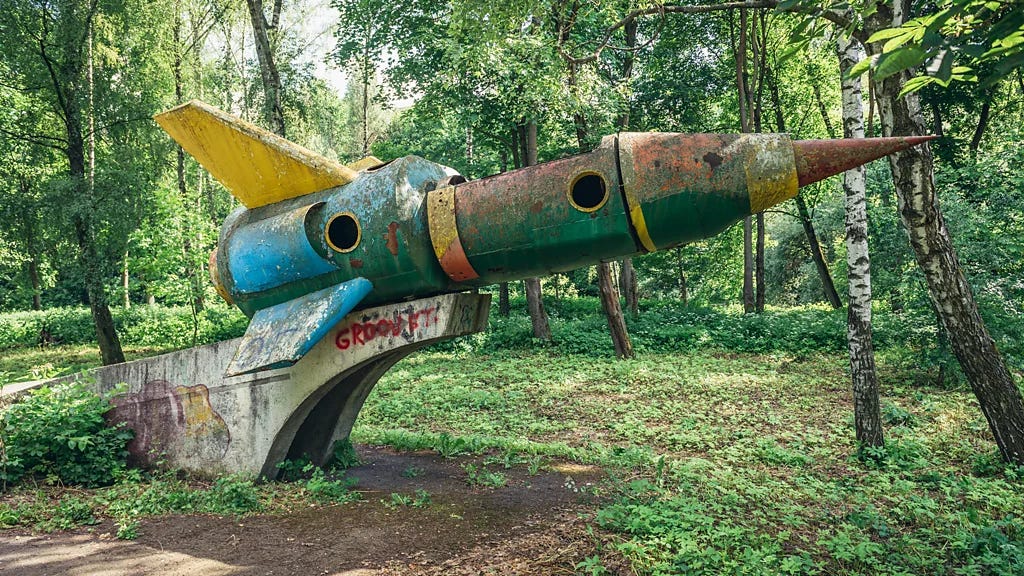
Open interstage designs.
Why do many Soviet and Russian rockets have an open interstage?
The N1 is a good example.
These designs started the upper stage engines just before the lower stage stopped firing. This ensured that the fuel was properly settled at the bottom of the tanks.
The Saturn V had small “ullage motors” that would fire just before upper stage ignition, to settle the fuel. I think the Soviet system is simpler. But the Saturn V style system means you can pause between stage firings.
The American Titan II rocket also did this “hot staging” but it was less obvious as the interstage was covered with a light foil. Here’s video from the rocket of a Titan II hot staging!
What were the names of the various crewed lunar projects?
Naming was inconsistent, but some progress can be made. Once the Soviet’s got serious about the Moon, they classified 5 different key mission types.
L1: Get a cosmonaut to the Moon
L2: Robot rover on the Moon
L3: Land a cosmonaut on the Moon
L4: Crewed Lunar Orbital Station
L5: Crewed Lunar Rover
So when we refer to the N1-L3, the L3 part indicates it was a crewed lunar landing mission.
Specific proposals:
“Sever”, an early program based on Vostok, with a booster train of upper stages.
The elements of the Sever train coming together, model and animation by me.
Soyuz A B V, AKA Soyuz 7k, 9k, 11k. The first appearance of the Soyuz, and this reminds me I should write a post on this concept.
Chelomei’s LK-1, LK-700, proposals using the UR-700 for lunar missions
19k 21k, A crewed program that would use the original N-1 as a tanker to fuel a craft in orbit, for a direct ascent mission to the lunar surface.
L1 / Zond
N1-L3. The best known landing mission.
Advanced N1 missions.
Vulkan based expeditionary missions
Energia based expeditionary missions
Expanded descriptions
L1 / Zond.
The Lunar Zonds were later revealed to be test runs for a crewed mission to the Moon without landing. Tests were successful, but as Apollo 8 had already achieved this, manned flights were cancelled, to the great disappointment of the crews.
N1 advanced.
This is where it gets messy, with all sorts of proposals coming to light in recent years. The landers in particular get messy with an LKT, (heavy version of the LK, a crew of 2 crammed in), and the terminology for advanced landers, L3M or LKM seems to be used interchangeably. Lots of different lander designs are considered, with most designed to avoid docking in lunar orbit.
Expeditionary Missions
There were 2 main expeditionary mission concepts, one set based on the Vulkan superheavy launchers, and a later set scaled back to be launched on Energia. The actual landers don’t seem to have changed much, (perhaps because Glushko was more interested in the rockets than the payloads?).
Getting in and out of the LK. Problems?
Was it difficult to get in and out of the LK lander, given that Apollo 11 crew found it non-trivial?
There were concerns, particularly as a solo cosmonaut would have nobody to help him, if he got into difficulties. One scheme was to attach a cable to the cosmonaut, and winch him in with a motor if he couldn’t do it himself! Suits with hoops around the waist, to prevent him falling over were also tested.
Apart from the usual ground testing, they also did tests in simulated lunar gravity. The cabin of the LK was small enough to fit in the parabolic flight planes used for training, so cosmonauts were able to try it out in 1/6 Earth gravity.
These tests led to the unusual experiment of putting the space suits backpack on the lower legs, to reduce the width at the shoulders, and make it easier to get in.
Incidentally, you may not know this, but if you go on a “Zero G” flight, they start with simulated Mar gravity, then Lunar gravity before you get to float around the cabin in Zero G!
Earliest possible crewed lunar flyby?
What's the earliest that a cosmonaut lunar flyby could've happened, using the multi launch approach?
This is almost impossible to answer given the level of “what if” involved. You only need to consider the delays of almost a decade in the N1, (before it was cancelled), which was funded.
The earliest serious mission architecture I am aware of was Korolev’s “Sever” project, (where Sever means “North” as Vostok means “East”).
Where would this fit in history? Well, you could see it as an alternative to “Voskhod”, another Vostok derivative.
The booster stage seems straightforward, and could have been adapted from a Soyuz upper stage I think. Let’s say 3 or 4 launches to test the stronger descent module.
And let’s say that you want an all up unmanned test flight before you put crew into one. So that’s 10 launches to get the booster stages up and docked, and 2 more for the crew modules. If everything works first time. With a more realistic 75% reliability we end up needing something like 15 Soyuz launches to get the crewed mission ready.
Voskhod was ready mid 1965, so I’d guess something like 1967? Make your own guesses!
Was the LK Cabin related to the Soyuz / LOK orbital module?
As far as I can tell, no. The LK had different functionality, so there would not be any significant advantage. More specifically, the LK Cabin had an engine attached underneath, (that the cosmonaut could sit on!). It was smaller too.
When did the West first learn about the R7?
Well, there was some propaganda video released early on, but the video quality was poor, so there wasn’t much to learn apart from the basic shape.
The first proper look came at the 1967 Air Show, May 22, Le Bourget airport in France, near Paris.
Observers were surprised at how sturdy the rocket was, with boosters being lifted by a cable at each end, & workmen walking along the hull. In comparison, the USA’s Atlas was delicate, relying on fuel pressure to keep its shape.
Links for more information on this substack:
These previous posts will be useful if you want to learn more about questions raised in this edition.
This episode’s cool image:
The name of the magazine translates as Model Constructor. And here’s another cover, featuring an unlikely looking Soyuz rover…
This Episode’s cool link:
Professor Asif Siddiqi at the Wilson Centre. The foremost historian of the Soviet Space Program. Some excellent articles here.
This episode’s 7 day download:
All 12 issues of Novosti Kosmonatiki from 2006, Russian language, heavily illustrated, PDF format. Available for 1 week only.



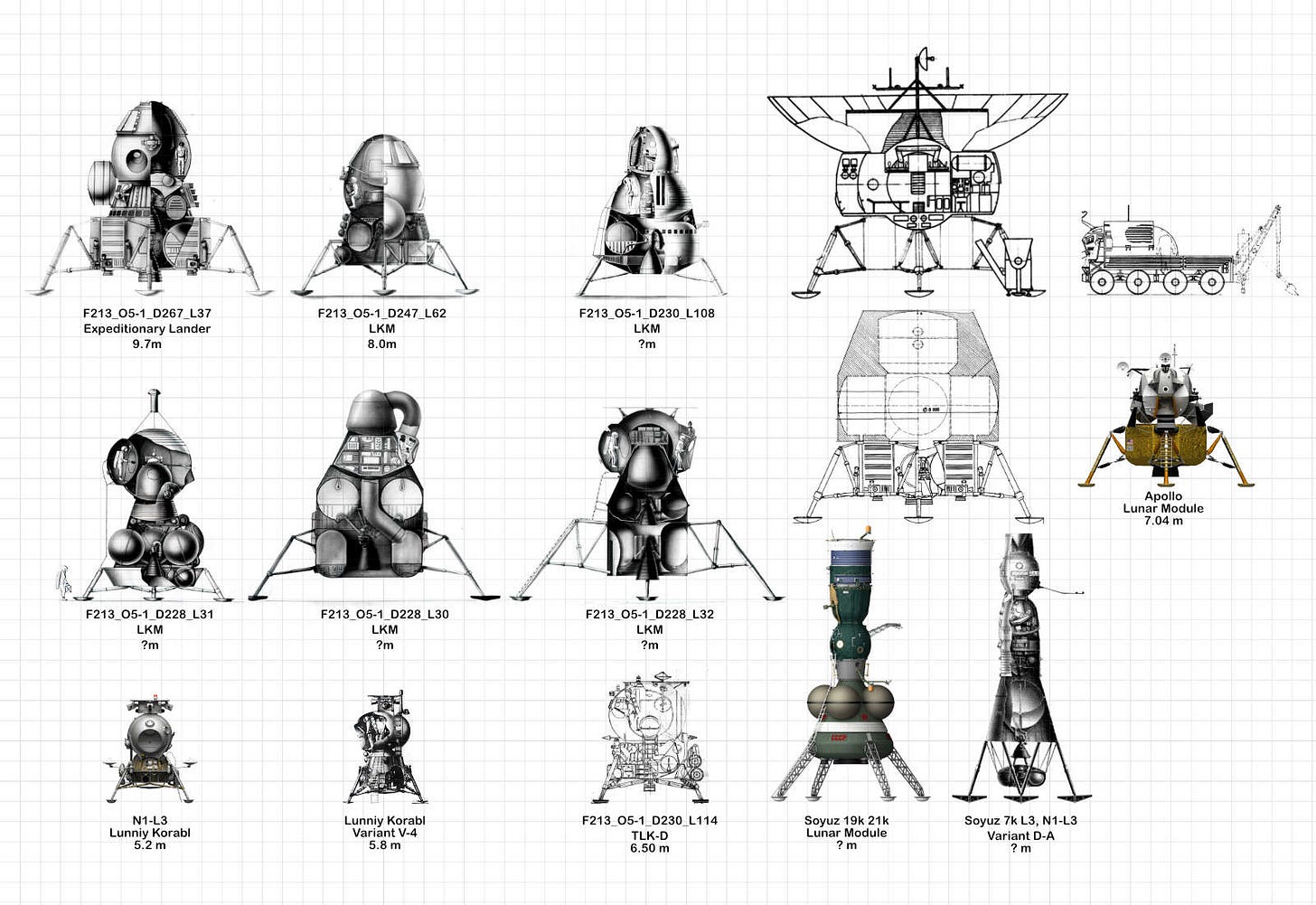
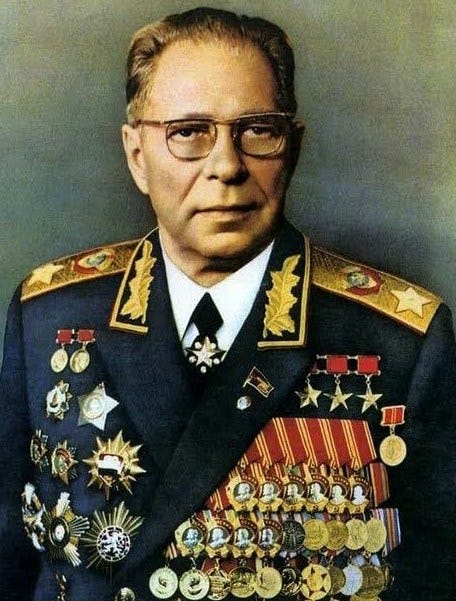
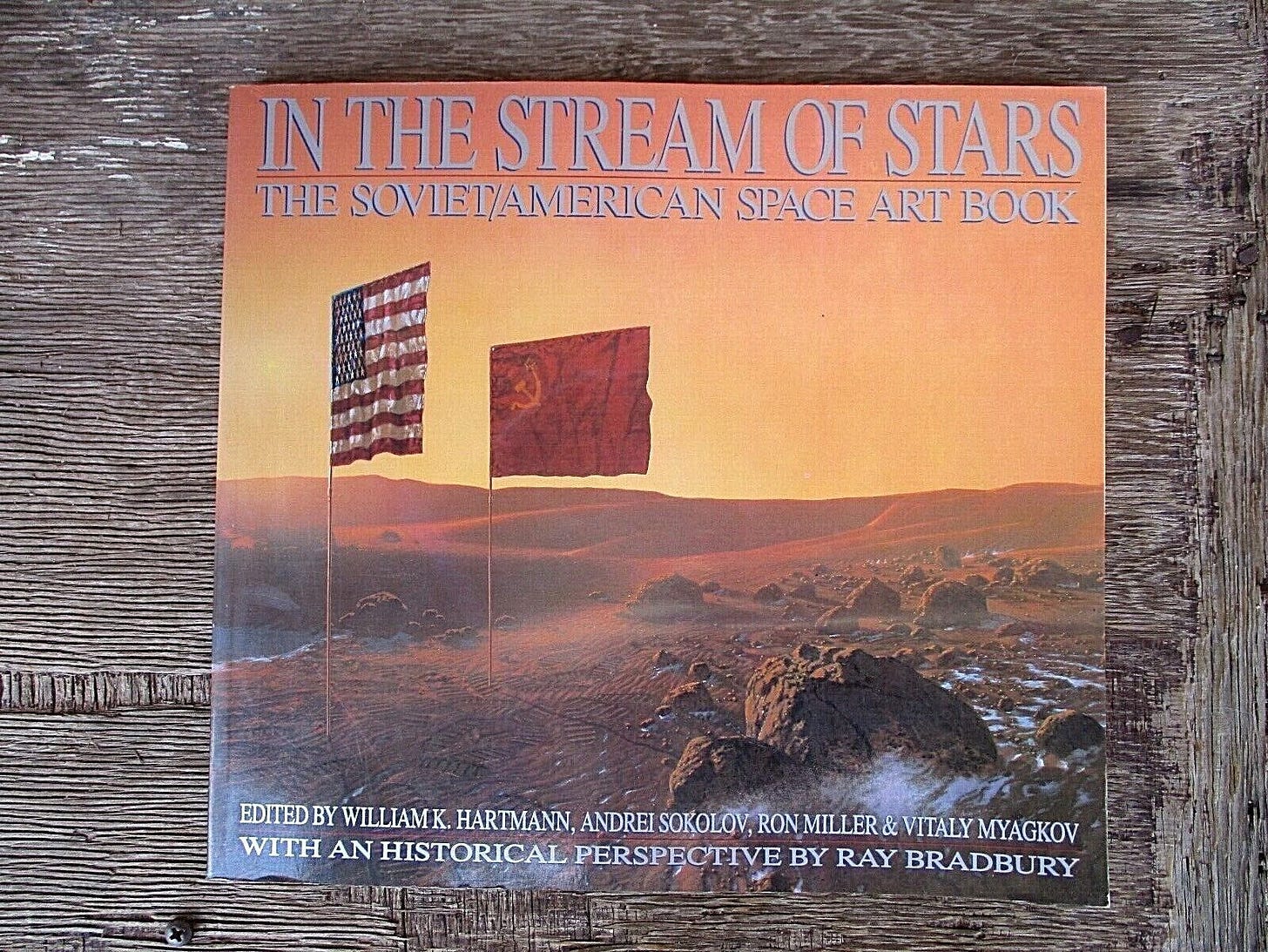




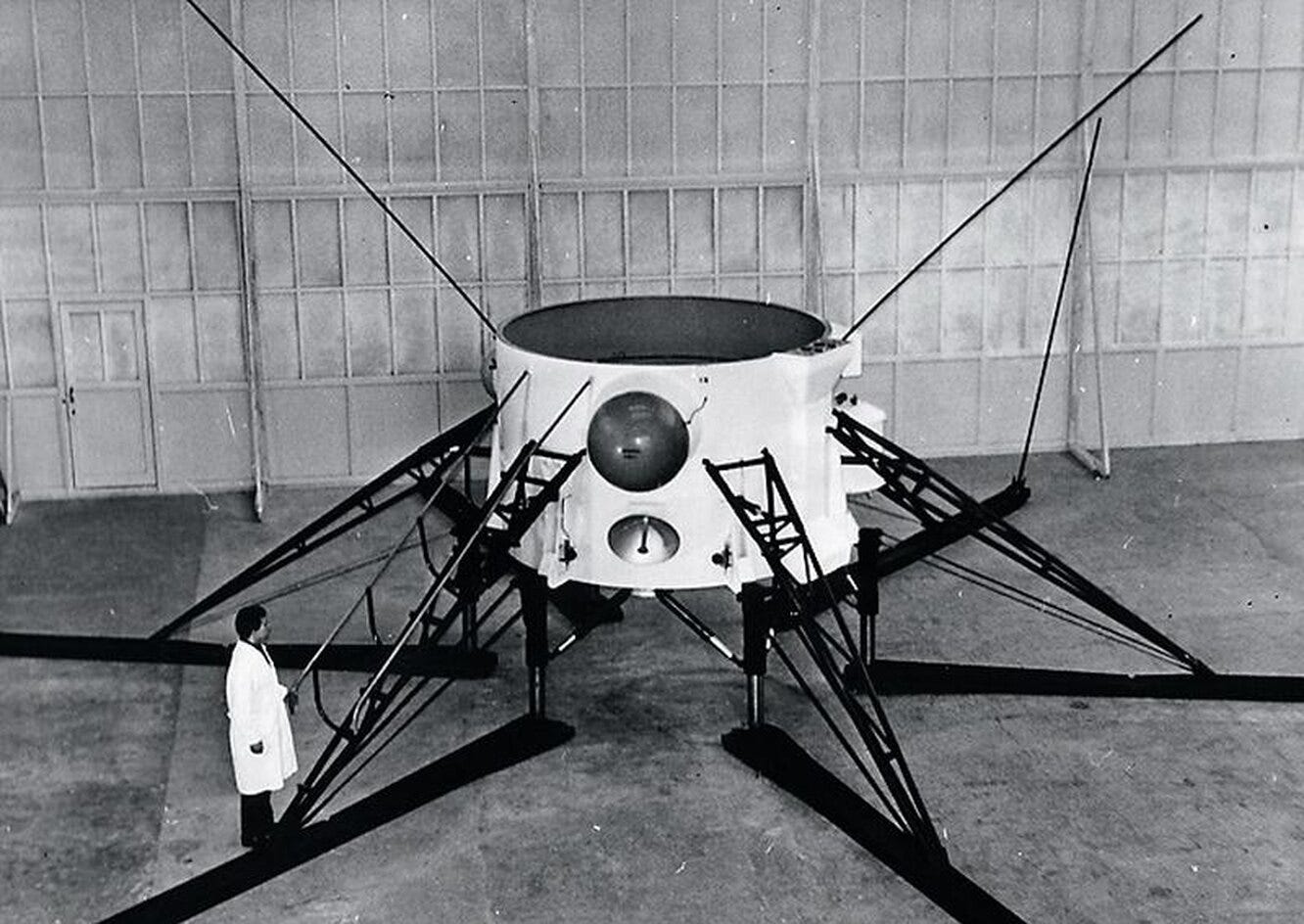






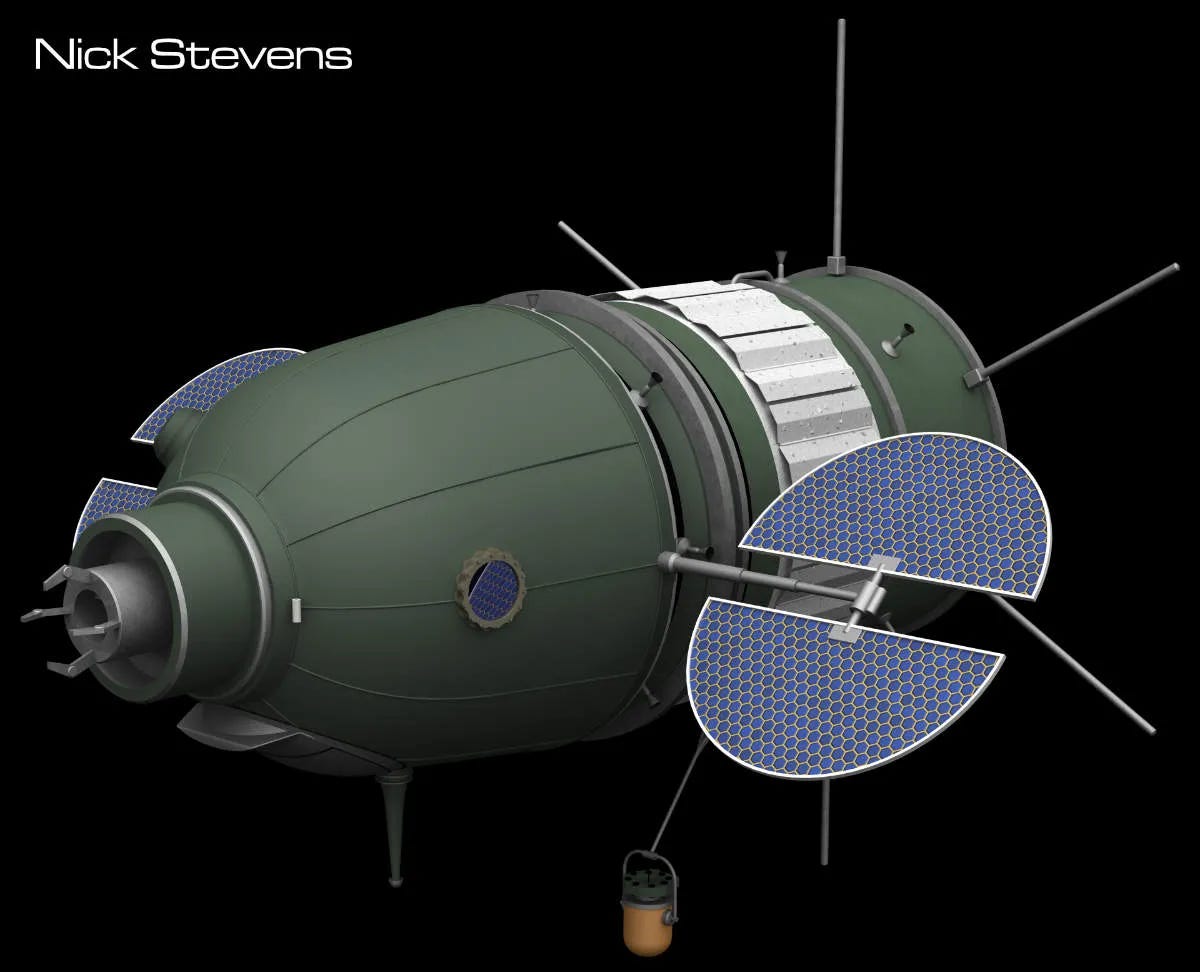

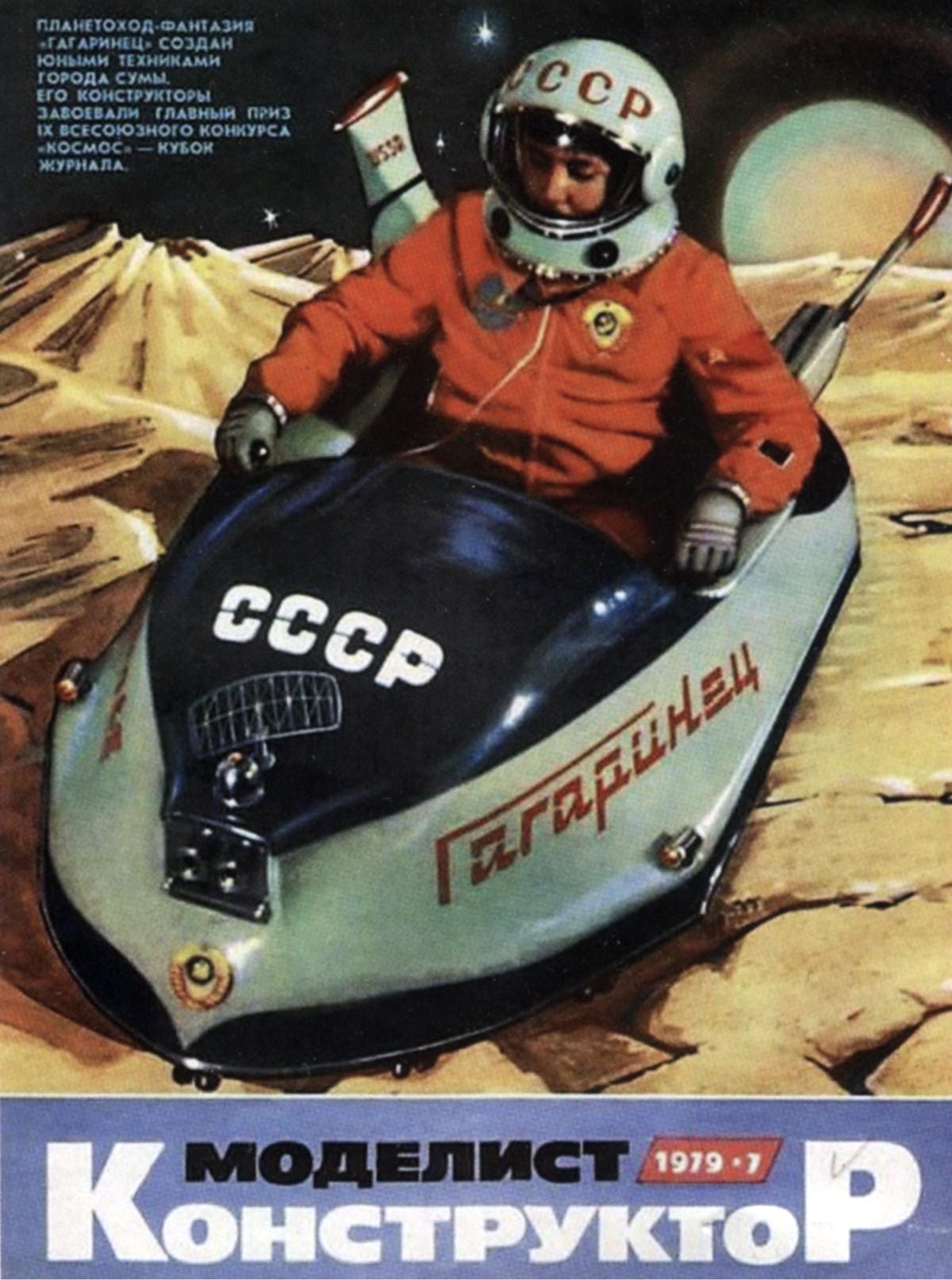
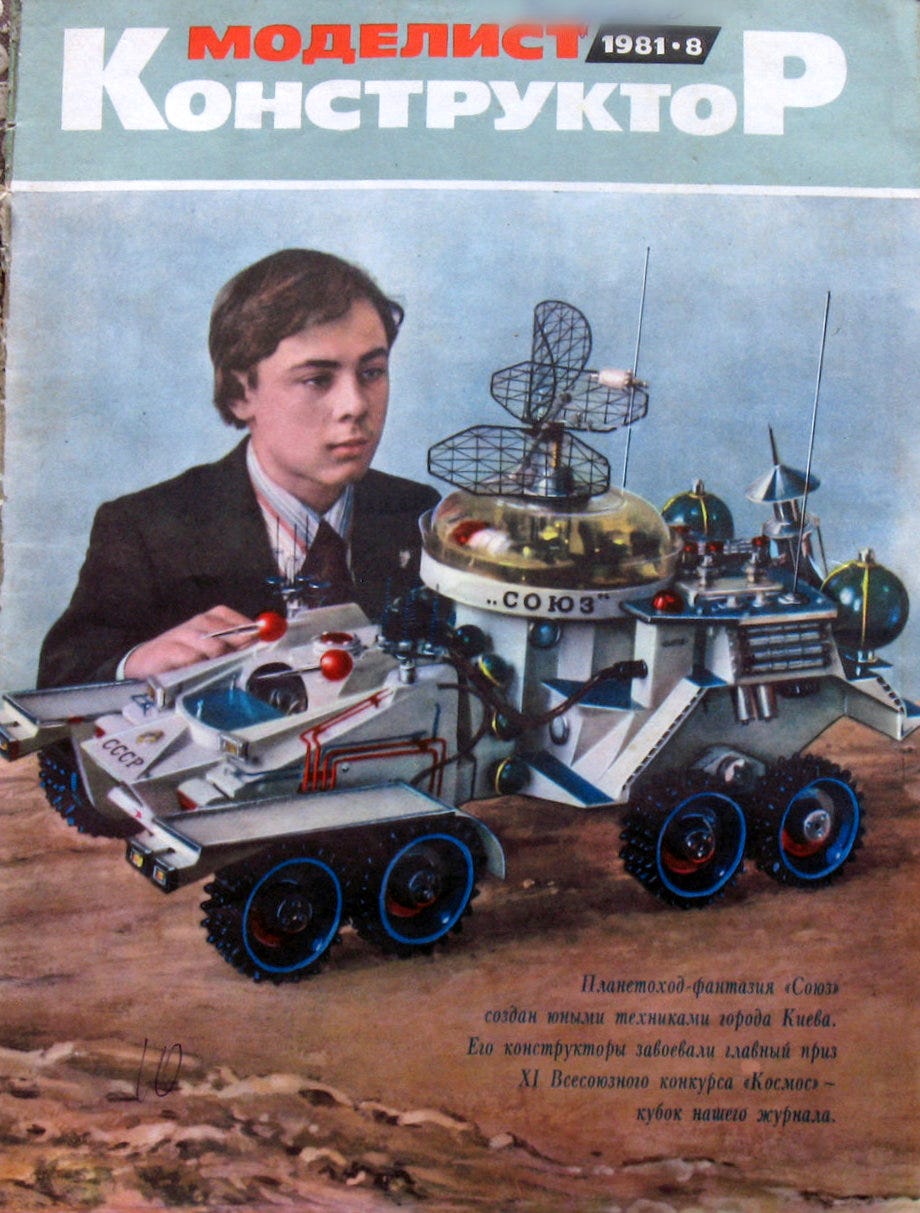

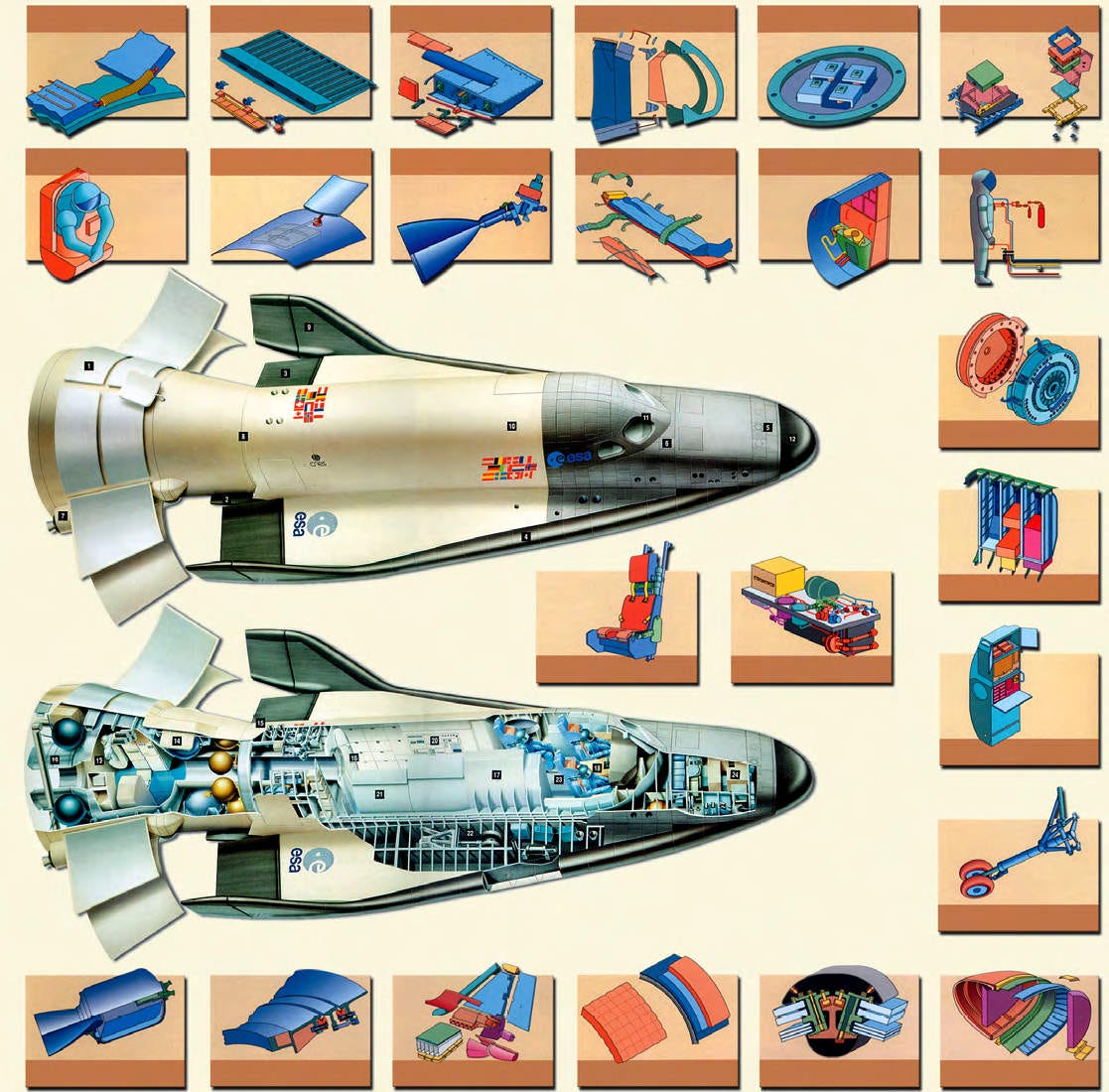
Hello Nick,
I have a question about early Soviet capsule heat shields. I'm confused about the depictions of covering materials of Vostok's "Sharik" sphere.
Most images/renderings show it as metallic silver, but some pictures suggest it actually had a white hexagonal-patterned coating - which can also be seen on recovered capsules.
(for example: https://web.archive.org/web/20220822084535/https://www.roscosmos.ru/media/gallery/big/29989/5431026908.jpg)
Then, later Voskhod seems to have switched to metallic foil, as seen in the popular image, and Zenit/Bion satellites had silver exteriors too.
Could you explain the differences between these coverings and the reasons behind them?
Thanks!